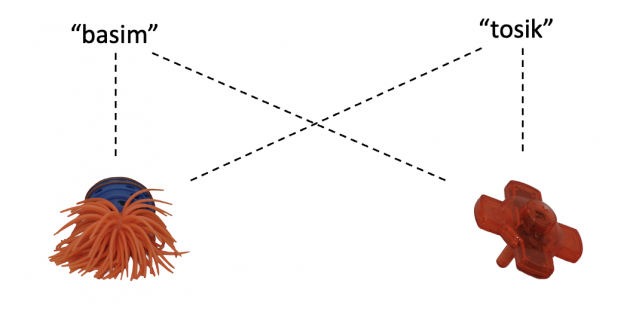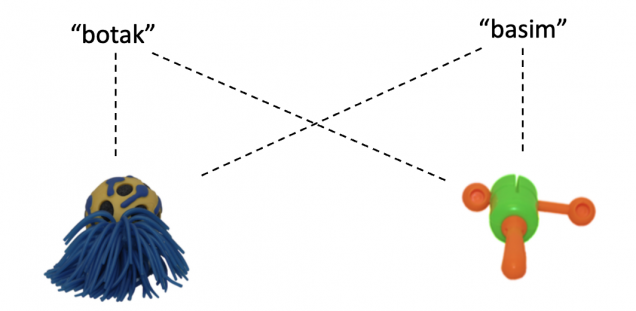Our Research
En Español
Main Areas of Study
Statistical Learning and Individual Differences
The natural world is made up of statistical patterns, including the language we hear and the visual world we see. Research suggests that learners can exploit these patterns to learn speech sounds and their sequences, the meanings of words, as well as grammar. This type of learning is called statistical learning — the process of detecting and extracting patterns in the environment. We seek to understand how bilingual language experience and individual differences in language and cognitive abilities shape statistical learning abilities. We are also interested in examining how variability (e.g., multiple talker input, multiple object exemplars, dual language input) impacts statistical learning. The findings from this work will inform current models of language acquisition, which rarely account for learning in diverse and atypical populations or for variability in the input.
Example: How do children learn which objects and words go together over time?


The Effects of Bilingualism on Language and Cognition
We investigate specific aspects of the bilingual environment (e.g., dual language input; code-switching; interactional context) that may have consequences for how language and cognition develop and operate. We seek to understand how children with and without language disorders learn and understand two languages. The aim of this work is to enhance current theories of language acquisition and inform clinical management of bilingual children with communication disorders.
